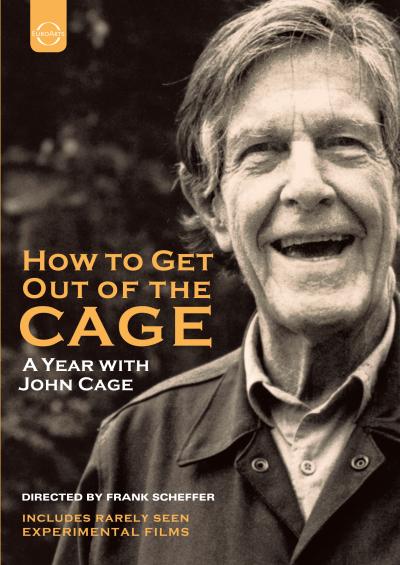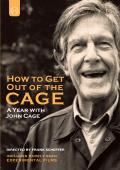
How To Get Out Of The Cage - A Year With John Cage
From 1982 to 1992 Frank Scheffer worked with John Cage on many different occasions, which resulted in a unique archive of historical audio-visual material. Based on this unique archive, including interviews, musical performances and images of different locations related to his life and work—filmed on 16mm—the filmmaker Scheffer created How to Get Out of the Cage—A Year with John Cage. Frank Scheffer wrote: "The famous artist Marina Abramovic introduced me to John Cage. She thought it would be worthwhile for me to get in touch with him and right she was! In June 1982 I did an hour-long interview with him without knowing how influential he was. He loved the fact that it was an interview without preconceptions. It dramatically changed my way of thinking. He had opened my mind!" Includes 5 experimental films.
Facts DVD
STOPERAS I & II, 1987, 3:05 mins, Short experimental film on the complete opera's 'Europera’s I & II' composed by John Cage. Format: 16mm and video. Directed and produced by Frank Scheffer.
NOPERA, 1995, 5:56 mins, Short experimental film. John Cage speaks about his ideas for a new opera that was never realized. Directed and produced by Frank Scheffer.
CHESSFILMNOISE, 1988, 17:21 mins, Experimental film. The first film directed by John Cage. Produced by Frank Scheffer.
RYOANJI, 2011, 60:37 mins, Experimental film. John Cage developed his composition Ryoanji from his encounter with the famous correspondent Zen-garden near Kyoto in Japan. In the film the music is heard with pictures shot in the garden of Ryoanji, the order and duration being defined by Frank Scheffer using chance operations.



